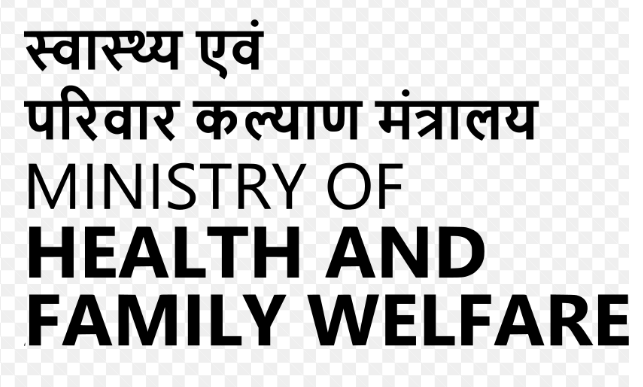Ministry of Health & family Welfare
The Ministry of Health and Family Welfare (MoHFW) is a government ministry in India responsible for formulating and implementing policies related to public health, medical education, and family welfare. It is one of the most important ministries in the Indian government, as it plays a critical role in ensuring the health and well-being of the country’s population. The ministry is headed by a Cabinet Minister, who is assisted by a Minister of State.
History and Formation
The Ministry of Health and Family Welfare was established in 1947, shortly after India gained independence from British rule. Initially, it was known as the Ministry of Health, but in 1964, it was renamed as the Ministry of Health and Family Planning. In 1977, the ministry was bifurcated into two separate ministries – the Ministry of Health and Family Welfare and the Ministry of Family Planning. However, in 1995, the two ministries were merged again to form the present-day Ministry of Health and Family Welfare.
Organizational Structure
The Ministry of Health and Family Welfare is headed by a Cabinet Minister, who is assisted by a Minister of State. The ministry has several departments and divisions, each responsible for a specific area of healthcare.
Key Initiatives and Programs
The Ministry of Health and Family Welfare has launched several initiatives and programs to improve the health and well-being of the Indian population. Some of the key initiatives are:
- National Health Mission (NHM): Launched in 2013, the NHM is an overarching program that encompasses the National Rural Health Mission and the National Urban Health Mission. The program aims to provide universal access to equitable, affordable, and quality healthcare services to all citizens of India.
- Ayushman Bharat: Launched in 2018, Ayushman Bharat is a flagship program of the Indian government that aims to provide healthcare coverage to over 500 million beneficiaries. The program has two components – the Pradhan Mantri Jan Arogya Yojana (PM-JAY), which provides cashless health insurance coverage of up to Rs. 5 lakh per family per year, and the establishment of 150,000 Health and Wellness Centres across the country.
- National AIDS Control Program (NACP): The NACP is a comprehensive program launched by the Ministry of Health and Family Welfare to prevent and control the spread of HIV/AIDS in India. The program includes a range of interventions, such as targeted interventions for high-risk groups, anti-retroviral therapy, and prevention of mother-to-child transmission of HIV.
- Mission Indradhanush: Launched in 2014, Mission Indradhanush is a program aimed at improving the immunization coverage of children and pregnant women in India. The program aims to achieve full immunization coverage of 90% by 2020.
- Janani Suraksha Yojana (JSY): The JSY is a safe motherhood intervention program launched in 2005 to reduce maternal and neonatal mortality in India. The program provides cash assistance to pregnant women for institutional deliveries and post-natal care.
Challenges and Way Forward
Despite the various initiatives and programs launched by the Ministry of Health and Family Welfare, India’s healthcare system continues to face several challenges. Some of the key challenges are:
- Inadequate healthcare infrastructure: India has a severe shortage of healthcare facilities, particularly in rural areas. According to a report by the National Health Profile, there is only one government hospital bed per 1,844 people in India, which is far below the World Health Organization’s recommended ratio of one bed per 300 people.
- Shortage of healthcare professionals: India faces a severe shortage of healthcare professionals, particularly in rural areas. According to a report by the Indian Journal of Public Health, there is only one doctor per 1,457 people in India, which is far below the WHO’s recommended ratio of one doctor per 1,000 people.
- High out-of-pocket expenditure: Despite the various health insurance schemes launched by the government, a significant proportion of the Indian population still faces high out-of-pocket expenditure on healthcare. According to a report by the National Sample Survey Office, out-of-pocket expenditure on healthcare accounts for over 60% of the total healthcare expenditure in India.
- Inadequate public health spending: India’s public health spending is among the lowest in the world, at around 1.28% of the GDP in 2018-19. This is far below the WHO’s recommended minimum of 5% of GDP for developing countries.
The Ministry of Health and Family Welfare plays a critical role in ensuring the health and well-being of the Indian population. Through its various initiatives and programs, the ministry has made significant strides in improving the healthcare system in India.


